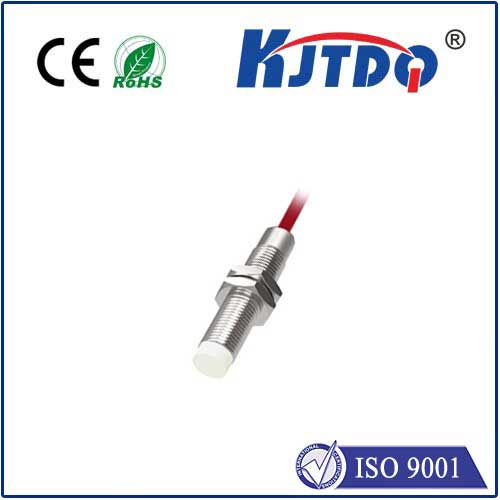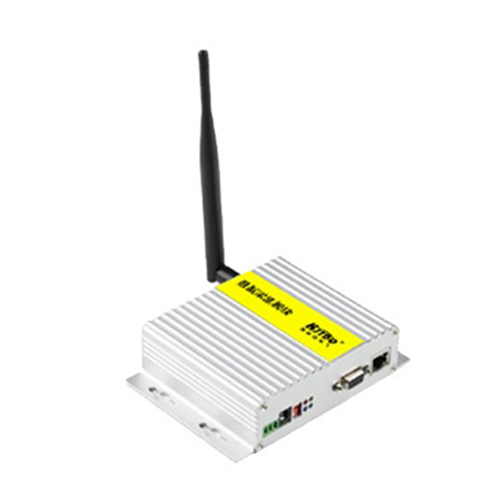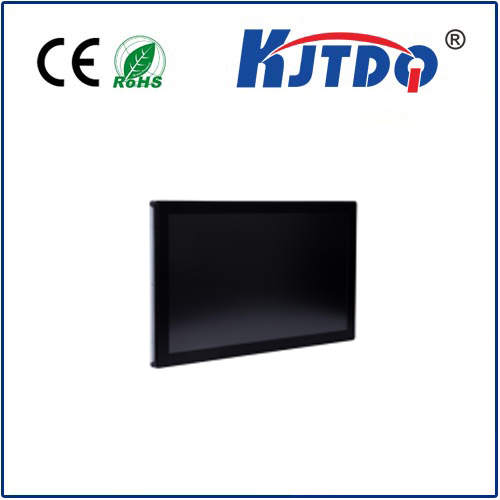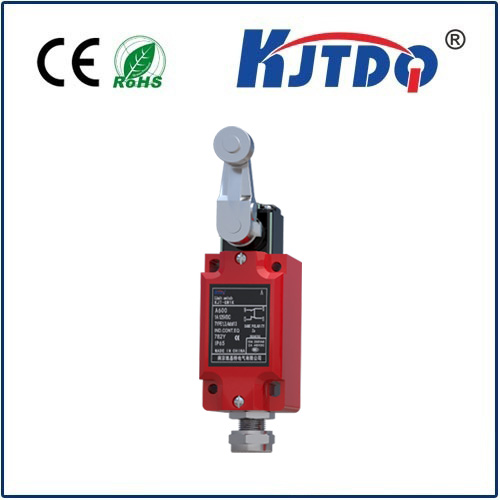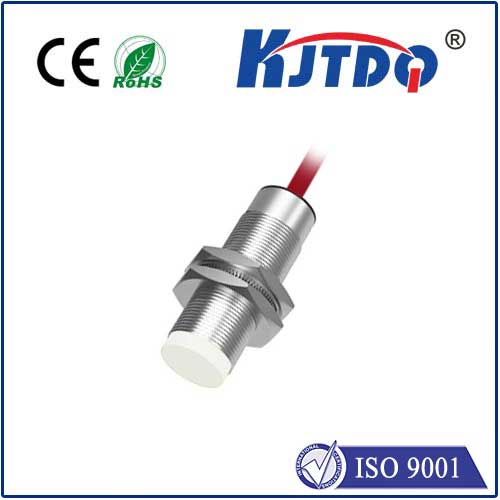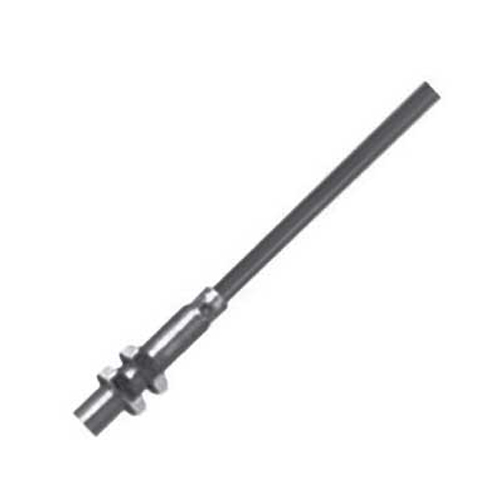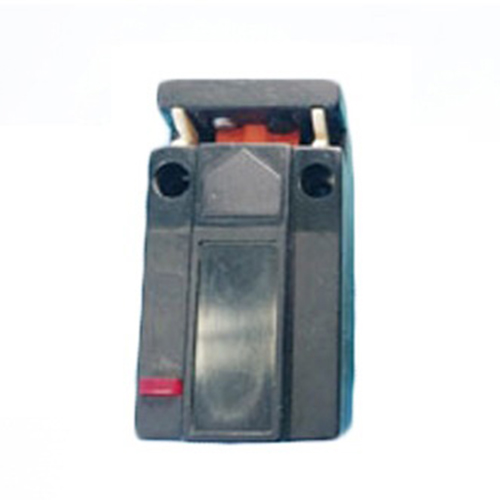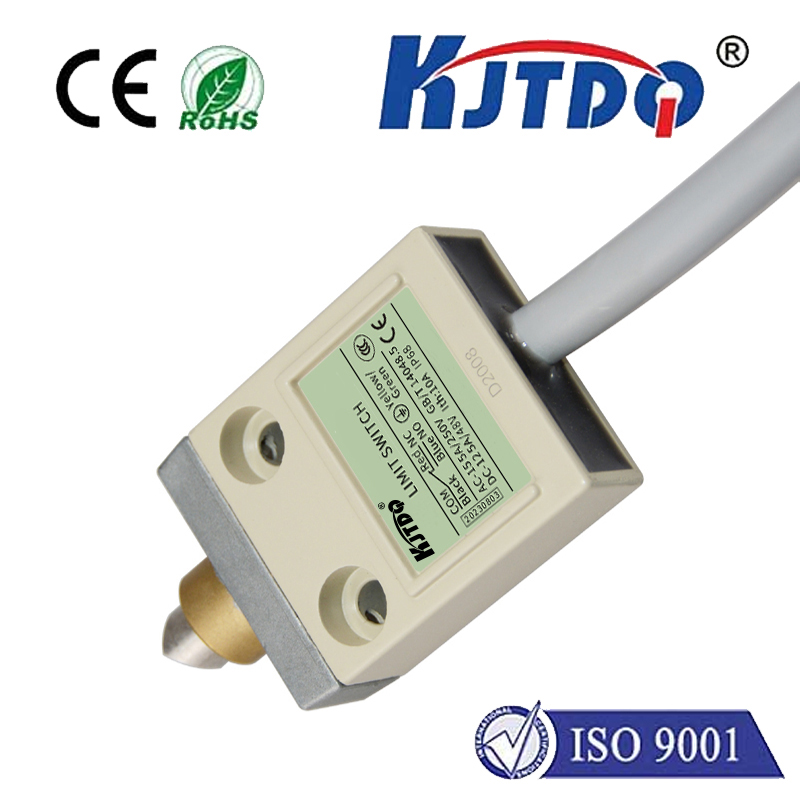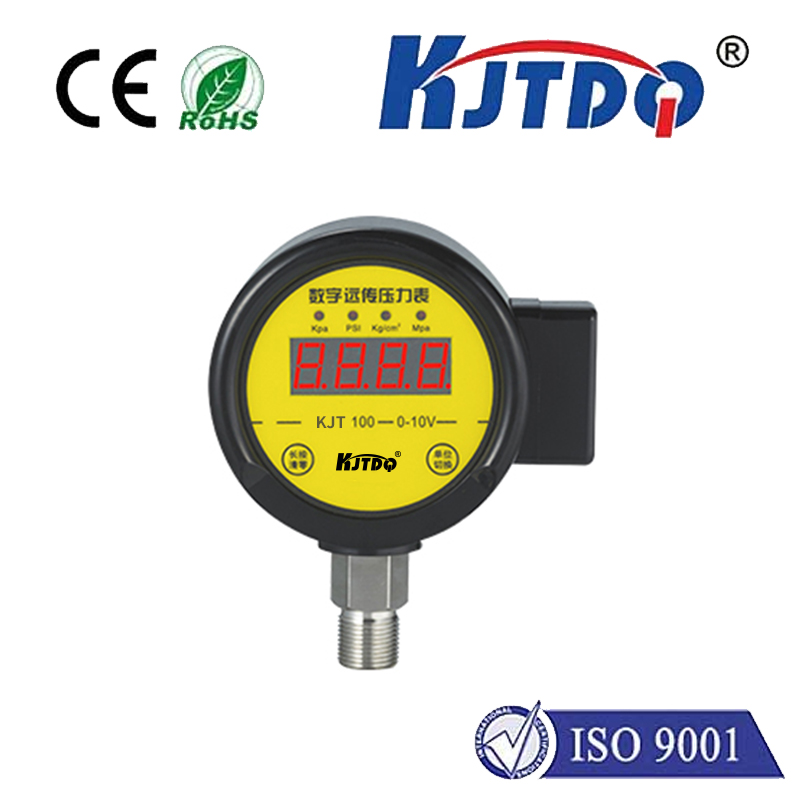

check

check

check

check

check

check

check

check

check

check
The push type limit switch is a crucial component in various industrial machinery and equipment. Its primary function is to detect the presence or absence of an object, which can then trigger a specific action. In this article, we will delve into the basics of the push type limit switch, its applications, and how it works.
What is a Push Type Limit Switch?
A push type limit switch is a mechanical device that senses the presence or absence of an object. It is typically used in automation systems to control the movement of machines and conveyor belts. The switch consists of a lever or plunger that activates an electrical contact when pushed by an object. This contact can be normally open (NO) or normally closed (NC), depending on the application.
Applications of Push Type Limit Switch

The push type limit switch is used in various industries such as manufacturing, packaging, material handling, and automotive. Some common applications include:
1. Controlling the movement of conveyor belts: The switch can be used to stop or start a conveyor belt when an object reaches a certain point.
2. Machine safety: The switch can be used to detect the presence of an object in a machine, preventing accidents and damage to equipment.
3. Quality control: The switch can be used to monitor the production process, ensuring that products are made to the correct specifications.
4. Material level detection: The switch can be used to detect the level of materials in a container, such as grain or liquids.
How Does a Push Type Limit Switch Work?
A push type limit switch operates on a simple principle. When an object comes into contact with the lever or plunger, it applies force to the switch's internal mechanism. This force activates an electrical contact, which sends a signal to the controller. The controller then takes appropriate action based on the signal received from the switch.
In conclusion, the push type limit switch is an essential component in various industries, providing critical functions such as machine safety, quality control, and material level detection. Its simple design and reliable operation make it a valuable addition to any automation system.
